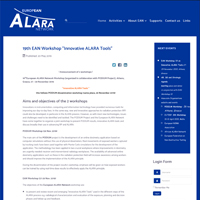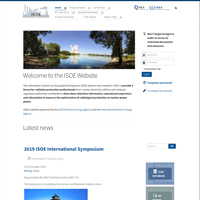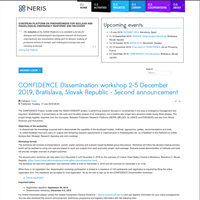- Details
-
Category: Networks
-
Published: Thursday, 15 February 2018 13:43
INTERREG JURAD BAT project
Sharing and increasing skills on radon risk management.
Radon is a radioactive gas naturally present in the soil. In the open air, radon is diluted and therefore present no danger. However, it can penetrate buildings and concentrate at levels that may present a risk for the occupants. Since 1987, radon has been classified as carcinogen for the lung by the IARC (International Agency for Research on Cancer). In mainland France, exposure to radon is estimated to be the cause of 3,000 deaths per year according to a 2018 study by IRSN (Institute for Radioprotection and Nuclear Safety) and Public Health France.
Radon is recognized as a public health issue by the national authorities. However, the general public is not aware of radon presence and radon is generally not considered for the construction or renovation of buildings.
To answer to this problem, the University of Bourgogne - d’Ingénierie et d'Architecture of Fribourg in Switzerland carried out the JURAD-BAT project, supported by the European cross-border cooperation program Interreg France-Switzerland (2016-2019), alongside with twenty French and Swiss partners, including the CEPN.
The objective of this collaborative project has been to develop a cross-border WEB (web) platform to inform the general public about radon and indoor air quality, to raise awareness and promote the training of building professionals and to support local and regional authorities in the management of radon risk.
The sharing of knowledge, skills and experience feedback between France and Switzerland has enabled the development of the JURAD-BAT platform, that can be viewed as an online toolbox for radon. The jurad-bat.net platform proposes:
- general information and regulatory context about on indoor air quality and radon;
- practical and technical sheets for the implementation of certain works;
- geographic database (map);
- training modules;
- self-assessment informatics tool to identify radon entry points and propose solutions.







